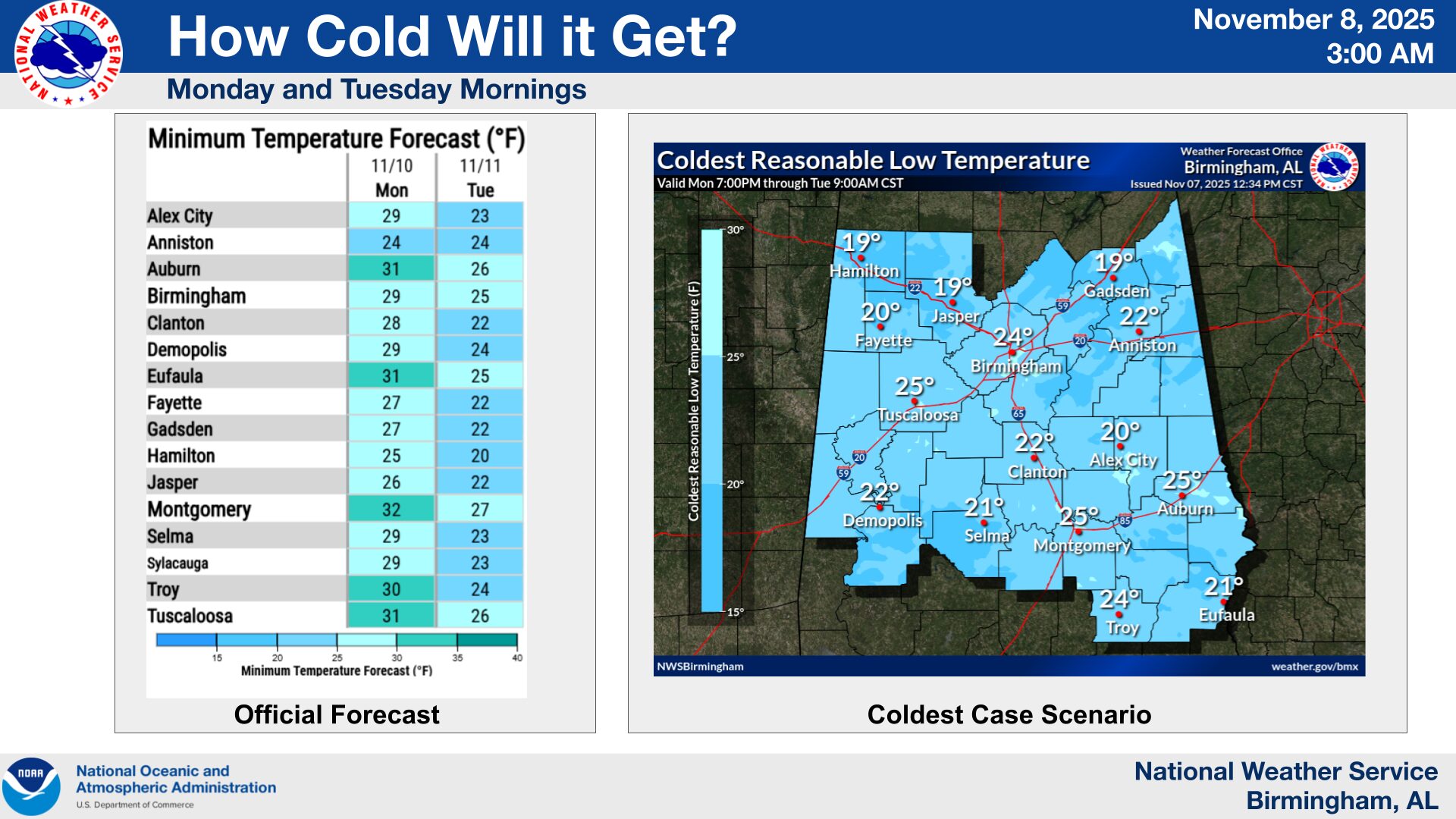
(NEW YORK) — Mate Rimac has a tall order: trying to convince drivers that electric supercars are superior to combustion vehicles.
Rimac, the 36-year-old engineering savant from Croatia who started his namesake company 15 years ago, recently pulled the sheet of his latest creation: the Nevera R, an aerodynamically perfected supercar designed to hug every tight corner and give maximum driving pleasure. The performance numbers are nearly impossible to comprehend: 2,107 horsepower and a 0-60 mph time of 1.74 seconds.
This insanely powerful supercar is breaking industry records. There are, however, snags in Rimac’s master plan. He has acknowledged that turning enthusiasts to electric proselytes could take months, if not years.
Rimac spoke to ABC News earlier this month about the challenges of selling his seven-figure sports cars, taking over French marque Bugatti as CEO and why government officials are making a mistake by pushing electric-vehicle mandates. He’s also a big supporter of autonomous driving.
The interview below has been edited.
ABC News: You introduced the Nevera R electric hypercar to the world at Monterey Car Week. The horsepower that car produces — 2,107! — is mind-blowing. How did you accomplish this?
Mate: I started the company 15 years ago when I was like 20 years old in order to push the limits and show what technology can bring to the table … that the future of automotive is not going to be boring. And the whole goal, my whole focus of the company and of me the last few years, has been to achieve that. It’s not just the car. It’s building the capabilities, the company around it, to actually do it in Croatia, a country that has never built cars before.
The last 15 years of this journey has been leading up to developing this technology, the team, the resources, the factory, the equipment and actually a whole industry.
ABC News: Is horsepower the one metric that matters most to your customers?
Mate: No, absolutely not. It’s the whole package. So performance is being commoditized right now. More and more cars come to the market at a relatively affordable cost that offer quite good performance, incredible performance actually when you compare it to a few years ago when it was only reserved for extreme hypercars. It’s all about emotions and that’s always a challenge with electric cars: How do you convey emotion without the sound of a combustion engine? But everyone who tries a Nevera is like, “Yes, we can see that this car was developed by people who love cars, like proper car guys.” Despite being electric, the Nevera offers a lot of emotion. That’s the most important thing.
ABC News: And how exactly are you delivering that emotion?
Mate: Well, there’s different things. The Nevera has four electric motors that can do crazy drift modes and on a flip of a switch it’s like a track monster. Everything changes — the suspension, the power distribution, it goes from rear-wheel drive to all-wheel drive, it can adjust it exactly as you want. Like it gives a totally different experience.
Emotion for me is the ability to go sideways, to control the car, stuff like that. And we can do all of that with this car.
ABC News: Why are you limiting production of the Nevera R to 40 units? When does production begin?
Mate: The Nevera was 150 units, and the Nevera R is 40 additional. We want to keep exclusivity. The Bugatti Tourbillon is limited to 250 and we could have sold a lot more, but for us it’s important to have exclusivity and it’s also important for the value of the cars later.
We start production early next year and the cost of a Nevera R is 2.3 million euros.
ABC News: Here we are, talking about the electric Nevera R, an engineering triumph, but you made a comment this past spring that high-end buyers don’t want electric supercars. Is that still true? Are you having trouble selling the Nevera to enthusiasts?
Mate: I think electric cars, in any category, need to bring something special. Just making an car electric is not going to cut it. People are thinking, “Let’s just make an electric car and it will sell … or the regulation will force people to go electric.” And I am not totally against that — I am totally against forcing this on people who don’t want an electric car. I am all for bringing something unique, something cool, something different that’s better and maybe more affordable — maybe not in this market segment but in general.
An electric car should be better in every aspect, including price, compared to its competition and then people will buy it.
ABC News: There’s another trend in the industry where automakers are taking electric sports cars but giving them gearboxes and fake engine sounds. Is this something you’ve thought about?
Mate: No, we don’t do this. We have decided from the beginning we only do authentic things. There are no fake sounds, there are no artificial gear shift changes. The Hyundai Ioniq 5 Ns have that, it’s a gimmick. But we don’t think that’s appropriate for this category of cars.
ABC News: When do you think electric sports and supercars cars will be widely accepted?
Mate: Oh, I think that will be a while. People in this segment still prefer combustion cars. But I think we are the player when it comes to electric performance in this segment.
ABC News: So will the next Rimac sports car or Nevera successor have an internal combustion engine?
Mate: It could be anything. From the beginning, I never said that we are exclusively electric. We were whatever is most exciting. The Nevera R has four electric motors — that is not something you can achieve with a combustion engine. But when it comes to power source, it can be anything. It could be a combustion engine with an interesting fuel, it could be fuel cell that does not run on hydrogen. We are really looking at lots of stuff. The next car doesn’t necessarily have to be purely electric — whatever is most exciting and most technically interesting. I have been doing electric cars now for 15 years … I am very excited to look at other stuff as well.
ABC News: Where are you seeing the most demand for your cars?
Mate: The U.S. is the biggest customer base, closely after that is Europe. So like 40% [of sales] are in the U.S., 30% is Europe and then the rest of the world.
ABC News: What are the challenges of running two high performance and ultra luxe brands like Bugatti and Rimac? They compete for the same customers and that’s a very limited pool.
Mate: These customers have multiple cars, it’s not just like they buy just one car. They want to be a part of something. It’s about the people behind it, it’s about the events, meeting each other. [Customers] are becoming part of a story. They’re also becoming a part of history. We are creating history together.
Many of the customers decided to join Rimac because they’re also part of Bugatti or vice versa and they deal with the same people, they go to Croatia, they have the Croatia experience, so it actually works well. With Bugatti you have to be careful, it’s an old brand with a lot of heritage. You have to be very respectful to the brand. You cannot do something that’s crazy. A lot of our Nevera customers are also Bugatti customers.
ABC News: What is the biggest obstacle for all automakers and the industry right now?
Mate: There are three big topics. One is electrification. A lot of people invested a lot into electrification and maybe it was a bit too fast. The other area is China. The third one is autonomous driving and finding new ways of moving around where ownership isn’t really necessary anymore. The lower-end brands are really in the trenches, they have issues. It’s for sure an interesting time and in the next year we’ll see lots of changes in the industry.
ABC News: There are concerns about a recession in the U.S. Has the company been impacted at all?
Mate: This talk has been going on for years, basically since COVID started. We have never been more successful. We sold out of the Tourbillon — all 250 cars. We just presented it two months ago. It’s completely sold out. We are basically sold out until the end of this decade with Bugatti for a car that’s $4.6 million. The market is still strong in this segment.
ABC News: You’re also developing a driverless robotaxi that could be in service as soon as 2026. These types of vehicles have received a lot of bad press lately and have been involved in serious safety accidents. Why robotaxis? You design cars for real-life drivers.
Mate: Yeah, but do you really like to drive in every situation? Like how many times would you rather spend your time doing something else — watching a movie, or typing on your phone or typing some emails but you can’t because you’re driving or even worse you’re doing it while you’re driving. Not every drive is necessarily exciting and let’s be honest — how many people really care about it? I am not saying car ownership should go away or people shouldn’t drive cars anymore. God forbid.
We just think it makes sense. When an autonomous car in this stage has an accident, even if it’s a minor one, of course it will be blown out of proportion. But eventually autonomous cars will be a lot safer, a lot safer than human drivers and they will save millions of lives.
ABC News: So you have taken over Bugatti, you’re building electric hypercars and you also want to build robotaxis.
What is next on your list to accomplish?
Mate: [laughs]. Oh Jesus Christ, nothing. I made a vow to myself to finish all these things and then I don’t know. I might take a long vacation.
Copyright © 2024, ABC Audio. All rights reserved.




